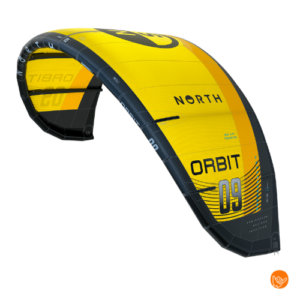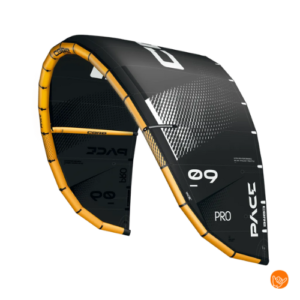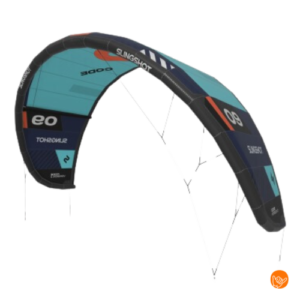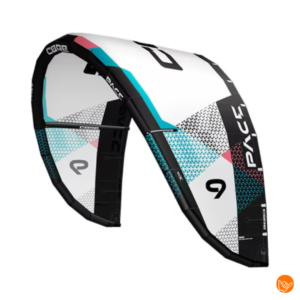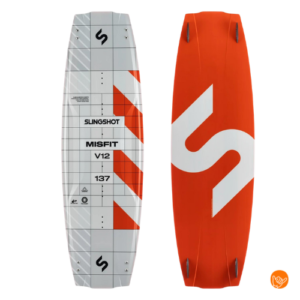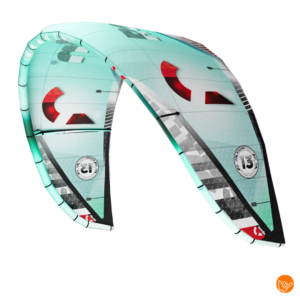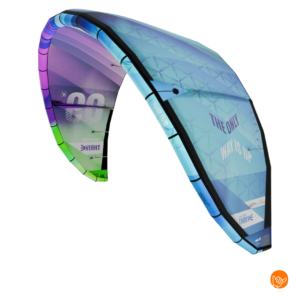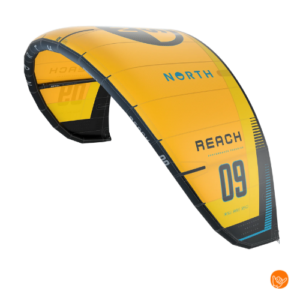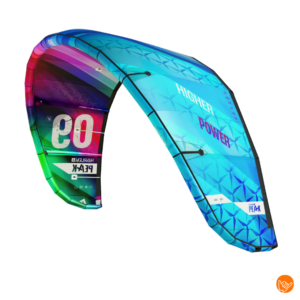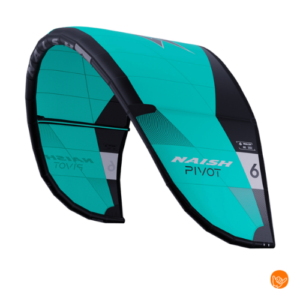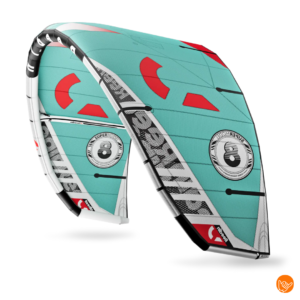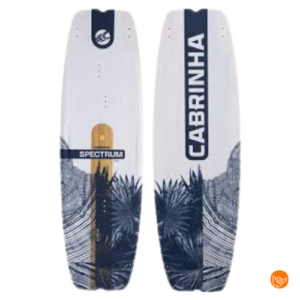Yes, you can rent kites in different sizes, ranging from small 5m² kites to large 17m² models. Most rental services offer a wide range of kit sizes to suit different wind conditions, experience levels and riding styles. A kitegear hire gives you access to the right size for every situation without the high cost of purchasing multiple kites.
What kit sizes can you rent and how do you choose the right size?
When renting kites, you can choose from sizes of 5m² to 17m², with each size suitable for specific wind conditions and experience levels. Smaller kites (5-9m²) are ideal for strong winds and experienced riders, while larger kites (12-17m²) are perfect for light winds and beginners.
Choosing the right kite size depends on three main factors: wind strength, your weight and your experience level. In wind force 4-5 (11-21 knots), as a 75kg rider, you usually use a 12-14m² kite. At wind force 6-7 (22-33 knots), a 9-11m² kite will suffice. Beginners often choose slightly larger sizes because they are more stable and easier to restart.
Practical tip: always measure wind speed before renting a kiteset. Most rental locations have wind meters available and can advise you on the optimal kite size for current conditions. Also consider your riding style - freestylers often prefer smaller, wavier kites, while cruisers find comfort in larger, more stable models.
What are the advantages of renting kites versus buying?
Kite rentals offer significant cost savings and flexibility versus buying. A new kite costs €800-2500, while renting gives you access to different sizes and latest models without the high purchase cost and maintenance obligations.
The financial benefits are obvious: Instead of investing €3000-5000 in a complete set of different kit sizes, you only pay for what you actually use. This is especially advantageous for kitesurfers who are not on the water weekly or who live in areas with variable wind conditions.
Renting also gives you access to the latest technologies and models. Kit brands release improvements in safety, performance and ease of use every year. By renting, you can always try out the latest innovations without being stuck with outdated equipment.
Maintenance and storage are other important considerations. Kites require regular inspection, cleaning and repairs. When renting, this is all taken care of by the rental service. Plus, you don't have to reserve storage space for multiple kites, bars and accessories.
How does renting kites in different weather conditions work?
Professional rental services fit their kite supply to the daily wind forecast and ensure that the right sizes are available for the expected conditions. They continuously monitor weather conditions and advise customers on the optimal kit size for safe kiting.
With changing wind conditions, many rental services offer flexible exchange options during your session. For example, if the wind increases, you can swap your 12m² kite for a 9m² model at no extra cost. This flexibility is impossible when using your own kites.
Seasonal planning also plays a role. In winter, more large kites are available for lighter winds, while in summer the emphasis is on smaller sizes for stronger thermal winds. Experienced rental services anticipate these patterns and adjust their inventory accordingly.
Safety is paramount in changing weather conditions. Rental services check their kites daily for wear and damage, especially after sessions in extreme conditions. They will also warn you if conditions become too dangerous for your experience level.
What additional equipment do you get when you rent kites?
A complete put together kitegear usually includes the kite, bar, lines, harness and board. Some rental services also offer wetsuits, helmets and impact vests as part of their package, depending on seasonal conditions and local requirements.
Standard equipment consists of a kite in the desired size, a matching control bar with lines in good condition, and a harness appropriate to your size and preference (trapeze or seat harness). The kiteboard is usually chosen separately based on your riding style, weight and experience level.
Optional additions may include a wetsuit (especially important in the Netherlands), a helmet for beginners or in high winds, and an impact vest for extra safety. Some rental locations also offer accessories such as a kite pump, repair kit for small rips, and waterproof bags for your gear.
What you need to bring yourself are usually personal items such as towels, sunscreen, and possibly your own wetsuit if you have specific preferences. Always check what is included in advance to avoid disappointment and make the most of your kite session.
Renting kites in different sizes opens up a world of possibilities for kitesurfers of all levels. Whether you're a beginner looking to try different kite sizes, or an experienced rider wanting access to the latest models, renting offers the flexibility and cost-effectiveness that modern water sports enthusiasts are looking for. For more information on available sizes and prices, please feel free to Get in touch contact your local rental service. The combination of professional maintenance, seasonal adjustments and complete equipment packages makes renting a smart choice for optimal kite fun.











